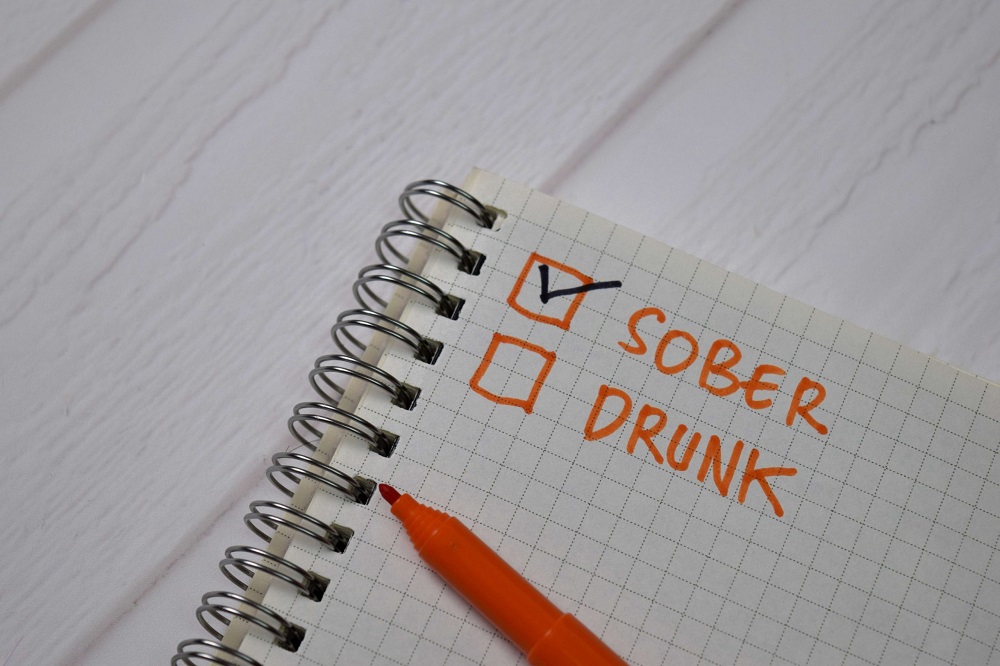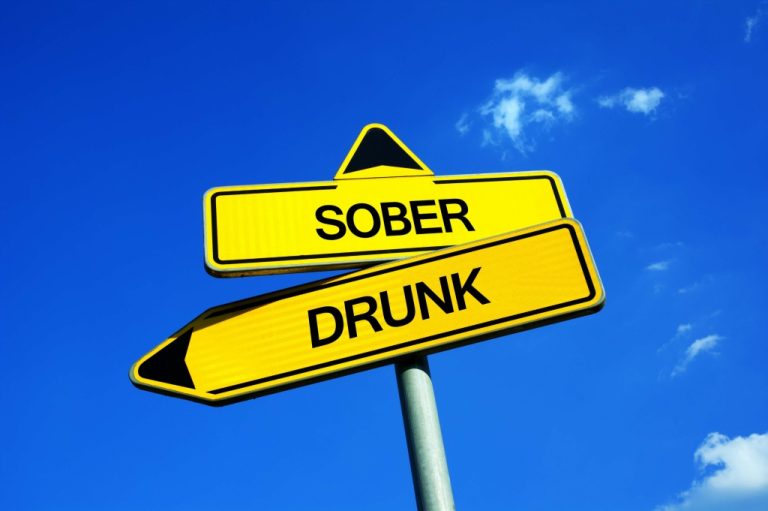Recovery can spark feelings of gratitude for those who helped you get where you are. Making your own thank-you cards by painting, drawing or embellishing a stack of blank cards will make a lasting impact on you and recipient. Similar to a memory jar, a self-care box art therapy ideas for adults in recovery holds small trinkets or scraps of paper. This can be anything from positive affirmations to notes that list goals you want to achieve.
What Does Art Therapy Look Like for Drug Addiction?
Even if you’ve never experienced art therapy for addiction treatment, we believe these ten prompts are easy enough for you to get started in a non-intimidating way. The lighthouse activity has participants visualize being lost at sea and using the idea of a lighthouse as a point of guidance. This project is ideal for individuals who may feel lost, overwhelmed, and even isolated. The lighthouse activity is designed to give participants hope for their future. Negative, judgmental thoughts can cloud the mind, creating a harsh environment in an individual’s head and hindering recovery. Creating a collage of “words to live by” helps these individuals identify who they are and understand the core values they want to live by.
A Beginner’s Guide to Naturopathy: What You Need to Know
- Dr. Natale seeks to empower individuals with knowledge, fostering a greater understanding of mental health and encouraging a proactive approach to well-being.
- The power of art therapy isn’t just an abstract concept; it’s rooted in real-life stories of transformation.
- Art therapy can be beneficial at all stages of the recovery journey, but the specific approaches may vary depending on where an individual is in their process.
- Gratitude art journaling encourages individuals to focus on the positive aspects of their lives, even amidst the challenges of addiction recovery.
Expressive painting encourages individuals to freely express their emotions through color, Drug rehabilitation brushstrokes, and abstract forms. This art therapy exercise allows participants to release pent-up feelings and gain a deeper understanding of their emotional state, which is crucial for addiction recovery. Mandala drawing is a powerful art therapy exercise that can help individuals in addiction recovery manage stress and promote relaxation.
- Incorporating art therapy into your recovery is not about becoming an artist; it’s about finding a new means to express and understand your emotions, fostering a deeper healing process.
- Here, individuals often choose clay or other malleable substances, which respond to the slightest touch, allowing for a depth of expression that words can sometimes fail to capture.
- Brittany Ferri, PhD, OTR/L is an occupational therapist, health writer, medical reviewer, and book author.
- It doesn’t need to make logical sense; the act of creating is itself a form of processing and release.
Photography As A Tool For Mindfulness And Presence In The Moment
By working together to create a large-scale artwork, participants can https://thealcazar.com/signs-symptoms-and-effects-of-opiate-addiction/ develop social skills, build trust, and feel a sense of belonging within their recovery community. Introducing addiction recovery art gives them a mental vacation from the daily rushing and nonsensical ideas. Art becomes the expression of feelings that words cannot communicate, whether using a paintbrush, ink pen, or charcoal pencil. Additionally, by promoting focus and clarity, art therapy ideas for adults in recovery are good for their brain’s health.




Deixar um comentário